Indulge in the crispy and succulent splendor of Tonkatsu, a beloved Japanese dish that has captured hearts and taste buds around the world. Consisting of crispy breaded pork cutlets served with a tangy and savory sauce, Tonkatsu has become a defining dish of Japanese cuisine. This dish has origins in the early 20th century, when Japanese chefs were inspired by Western cuisine and adapted it to suit local tastes. Today, Tonkatsu is an integral part of Japanese culinary culture and is enjoyed in various popular dishes such as Katsu Curry and Katsu Sandwiches. With its tantalizing aroma and mouth-watering crispness, Tonkatsu is sure to charm both adventurous foodies and connoisseurs alike.
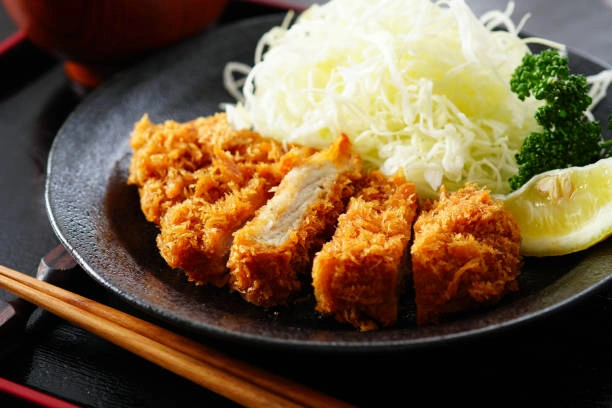
What are the benefits of Tonkatsu?
Tonkatsu, a popular dish of Japanese cuisine, offers a variety of benefits that make it a desirable choice for a satisfying and nourishing meal. This hearty dish features a breaded and deep-fried pork cutlet that is cooked to golden perfection, retaining the flavors and tender texture of the meat while adding a crispy exterior. With ample protein and essential nutrients, Tonkatsu offers a well-balanced meal that will energize and support your body throughout the day.
The preparation and presentation of Tonkatsu also lend themselves to a unique culinary experience that celebrates Japanese culture and culinary artistry. Served alongside a bed of fluffy rice and a tangy sauce that complements the savory flavors of the pork, Tonkatsu offers a satisfying and wholesome meal that is both comforting and delectable. Whether enjoyed at home or at a traditional Tonkatsu restaurant, this dish delights the senses and provides a culinary journey that is full of depth and character. Tonkatsu exemplifies the delicate balance between simplicity and elegance in Japanese cuisine, a celebration of culinary techniques and cultural heritage that has delighted food enthusiasts around the world.
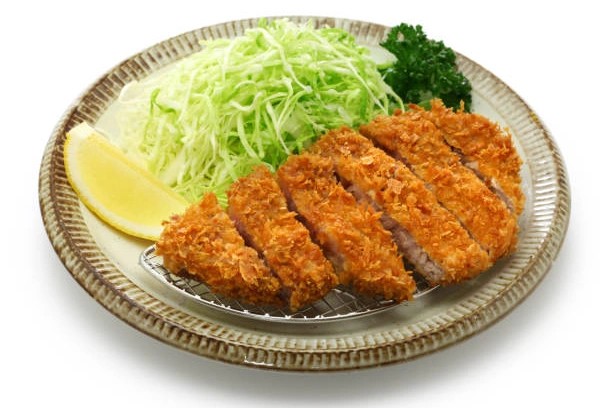
Step into kitchen right now!!! Let’s try Tonkatsu together!!!
Step 1:Prepare the Pork Chops
Place the pork chops between two sheets of plastic wrap or wax paper. Use a meat mallet or rolling pin to gently pound the chops to an even thickness of about 1/4 inch. Season both sides of the pork chops with salt and pepper.
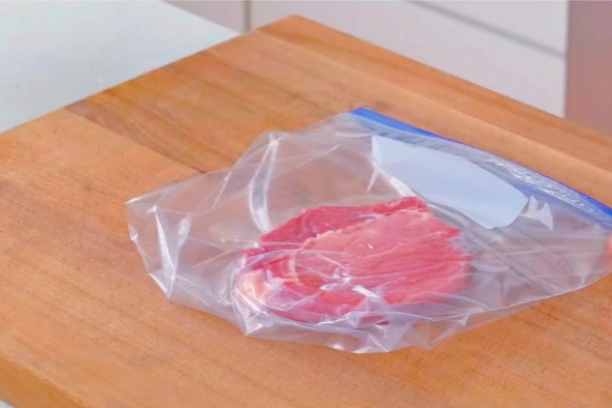
Step 2:Set Up the Breading Stations
Place the flour in a shallow dish. In a second shallow dish, beat the eggs with 1 tablespoon of water. Place the panko breadcrumbs in a third shallow dish.
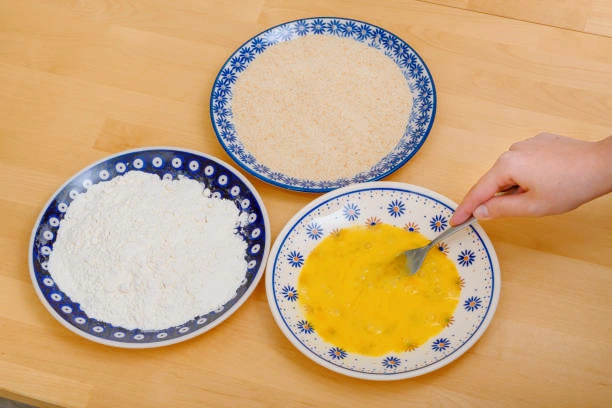
Step 3:Bread the Pork Chops
Dredge each pork chop in the flour, shaking off any excess. Dip the floured pork chop into the beaten eggs, ensuring it is fully coated. Press the pork chop into the panko breadcrumbs, coating both sides and pressing gently to adhere the breadcrumbs.
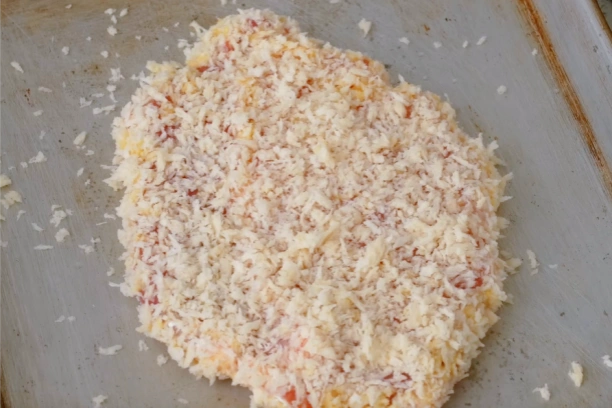
Step 4:Fry the Tonkatsu
In a large skillet or deep frying pan, heat about 1/2 inch of vegetable oil over medium-high heat until hot (about 350°F or 175°C). You can test the oil by dropping a small piece of bread into it; if it sizzles and turns golden brown, the oil is ready. Carefully place the breaded pork chops into the hot oil. Fry for 3-4 minutes on each side, or until golden brown and cooked through. Use tongs or a slotted spoon to transfer the Tonkatsu to a paper towel-lined plate to drain any excess oil.
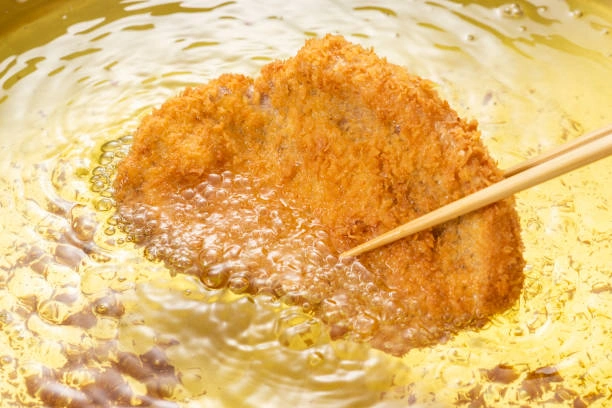
Step 5:Serve
In a small bowl, whisk together the ketchup, Worcestershire sauce, soy sauce, mirin (or honey), and Dijon mustard until well combined. Slice the Tonkatsu into strips and arrange on a serving plate. Drizzle with the Tonkatsu sauce or serve the sauce on the side for dipping. Serve with shredded cabbage, lemon wedges, and cooked white rice.
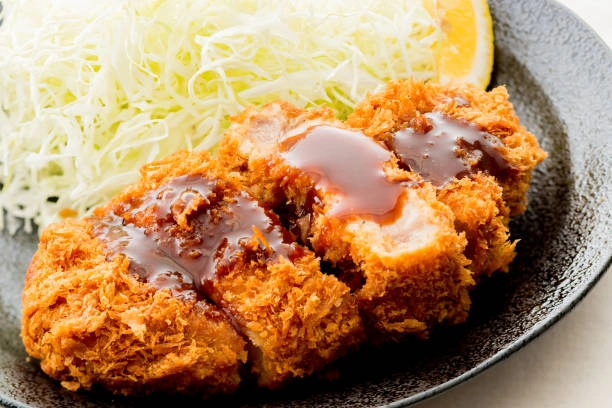
As the final bite of Tonkatsu is savored, one is left with a lingering appreciation for the perfect harmony of textures and flavors found in this iconic Japanese dish. The crispy exterior giving way to juicy, tender pork unveils a culinary experience that balances simplicity and depth with each delectable bite. With a history that intertwines tradition and innovation, Tonkatsu continues to captivate palates worldwide, inviting diners to revel in its irresistible charm. Whether enjoyed with a side of steamed rice and shredded cabbage or as a sandwich filling, Tonkatsu stands as a testament to the timeless appeal of Japanese gastronomic artistry.
Print
Tonkatsu
- Total Time: 40minutes
Description
Tonkatsu, a popular dish of Japanese cuisine, offers a variety of benefits that make it a desirable choice for a satisfying and nourishing meal. This hearty dish features a breaded and deep-fried pork cutlet that is cooked to golden perfection, retaining the flavors and tender texture of the meat while adding a crispy exterior. With ample protein and essential nutrients, Tonkatsu offers a well-balanced meal that will energize and support your body throughout the day.
Ingredients
For the Tonkatsu:
- 4 boneless pork loin chops (about 1/2 inch thick)
- Salt and pepper
- 1/2 cup all-purpose flour
- 2 large eggs
- 1 tablespoon water
- 1 1/2 cups panko (Japanese bread crumbs)
- Vegetable oil for frying
For the Tonkatsu Sauce:
- 1/4 cup ketchup
- 2 tablespoons Worcestershire sauce
- 1 tablespoon soy sauce
- 1 tablespoon mirin (sweet rice wine) or honey
- 1 teaspoon Dijon mustard
Instructions
Step 1:Prepare the Pork Chops
- Place the pork chops between two sheets of plastic wrap or wax paper.
- Use a meat mallet or rolling pin to gently pound the chops to an even thickness of about 1/4 inch.
- Season both sides of the pork chops with salt and pepper.
Step 2:Set Up the Breading Stations
- Place the flour in a shallow dish.
- In a second shallow dish, beat the eggs with 1 tablespoon of water.
- Place the panko breadcrumbs in a third shallow dish.
Step 3:Bread the Pork Chops
- Dredge each pork chop in the flour, shaking off any excess.
- Dip the floured pork chop into the beaten eggs, ensuring it is fully coated.
- Press the pork chop into the panko breadcrumbs, coating both sides and pressing gently to adhere the breadcrumbs.
Step 4:Fry the Tonkatsu
- In a large skillet or deep frying pan, heat about 1/2 inch of vegetable oil over medium-high heat until hot (about 350°F or 175°C). You can test the oil by dropping a small piece of bread into it; if it sizzles and turns golden brown, the oil is ready.
- Carefully place the breaded pork chops into the hot oil.
- Fry for 3-4 minutes on each side, or until golden brown and cooked through.
- Use tongs or a slotted spoon to transfer the Tonkatsu to a paper towel-lined plate to drain any excess oil.
Step 5: Serve
- In a small bowl, whisk together the ketchup, Worcestershire sauce, soy sauce, mirin (or honey), and Dijon mustard until well combined.
- Slice the Tonkatsu into strips and arrange on a serving plate.
- Drizzle with the Tonkatsu sauce or serve the sauce on the side for dipping.
- Serve with shredded cabbage, lemon wedges, and cooked white rice.
Equipment
 Buy Now →
Buy Now → 
Belwares Mixing Bowls with Lids Set
Buy Now →
Corelle Vitrelle 18-Piece Service for 6 Dinnerware Set
Buy Now → Buy Now →
Buy Now → 
HexClad Hybrid Nonstick 5.5 Qt Deep Sauté Pan and Lid
Buy Now →
HexClad Hybrid Nonstick 8-Quart Stockpot with Tempered Glass Lid
Buy Now →
Make 75% commission with Cooking Tips!
Buy Now →
Calphalon Premier Hard-Anodized Nonstick 3.5-Quart Sauce Pan with Lid
Buy Now →Notes
- Prep Time: 20minutes
- Cook Time: 20minutes
- Category: HEALTH,RECIPE,Asia
-
How can you ensure a crispy breadcrumb coating on Tonkatsu without it becoming too oily?
Coat the pork cutlets in flour, dip them in beaten egg, and then coat with panko breadcrumbs. Fry in hot oil (around 350°F/180°C) until golden brown, ensuring the oil is at the right temperature and the cutlets are not overcrowded.
-
How do you keep the pork cutlets in Tonkatsu moist and tender during frying?
Use pork loin or tenderloin cuts and tenderize them with a meat mallet before breading. Cook the cutlets quickly in hot oil to prevent them from becoming tough, and avoid overcooking to retain moisture.
-
How can you enhance the flavor of Tonkatsu sauce for a more balanced taste?
Mix Worcestershire sauce, ketchup, soy sauce, sugar, and finely grated apple. Adjust the seasoning to your preference by adding a bit of mustard or vinegar. Simmer the sauce gently to meld the flavors before serving with the Tonkatsu.





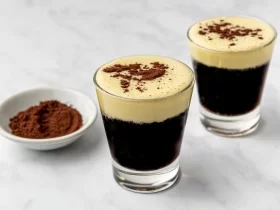








Leave a Reply